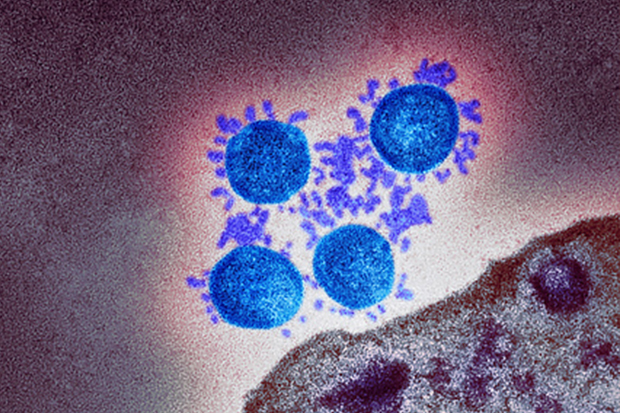
Every day, rapid testing is helping us find cases of COVID-19 that we wouldn’t otherwise know about, breaking chains of transmission and potentially saving lives.
We know that rapid tests are effective in detecting people that are highly infectious and therefore pose the greatest risk to others, both with and without symptoms.
They are an absolutely crucial way to help bring down infection rates and keep them low.
The main rapid test we are using widely are Lateral Flow Devices – simple devices we can use in our own homes, in workplaces and community testing sites and which deliver a result in 30 minutes.
As with any test, there are a number of factors that can impact results, such as how the sample is taken and also the accuracy of the test. The LFDs that we are using have a high specificity, that means the number of false positives are extremely low – less than 1 in 1000 tests conducted from our studies.
However, as the prevalence of COVID-19 reduces to low levels in the population, the chance of a false positive result increases – though still remains unlikely.
During periods of low virus prevalence, we can mitigate against the risk of false positives by confirming a positive lateral flow test with another test – such as a PCR test performed in the laboratory.
This makes it highly unlikely that anyone would need to self-isolate unnecessarily, while ensuring that we can retain the benefits of rapid testing to detect true positive cases and for confirming when people are not infected.
Confirmatory PCR testing was first put in place upon the introduction of rapid testing last year, but was temporarily paused in January, as the prevalence of infection was high and it was highly likely that a positive LFD COVID-19 result was a true positive.
This allowed us to target PCR testing for those who had clinical symptoms.
There is thankfully now a much lower prevalence of the virus across the population, which is why PCR testing is being reintroduced to confirm all positive lateral flow results.
There are now additional benefits to doing this too. We are introducing new technology in our labs to identify variants of COVID-19 so we can track the variants that emerge and spread in coming months. We can only do this with the samples taken for PCR.
Contact tracing will be triggered by a positive LFD result, but will be stopped automatically after receipt of a negative confirmatory PCR test, if the PCR was taken within two days of the positive LFD result.
It remains essential that anyone who gets a positive result from an LFD result self-isolates immediately, as must other members of their household, while they get a confirmatory PCR test within two days.
Please do take a test if you’re offered one – the more we test, the more cases we will find.

1 comment
Comment by Susan Scully posted on
As an extremely vunerable person who has been shielding for over a year I think this is a great idea, and I for one am more than willing to take the test twice a week .